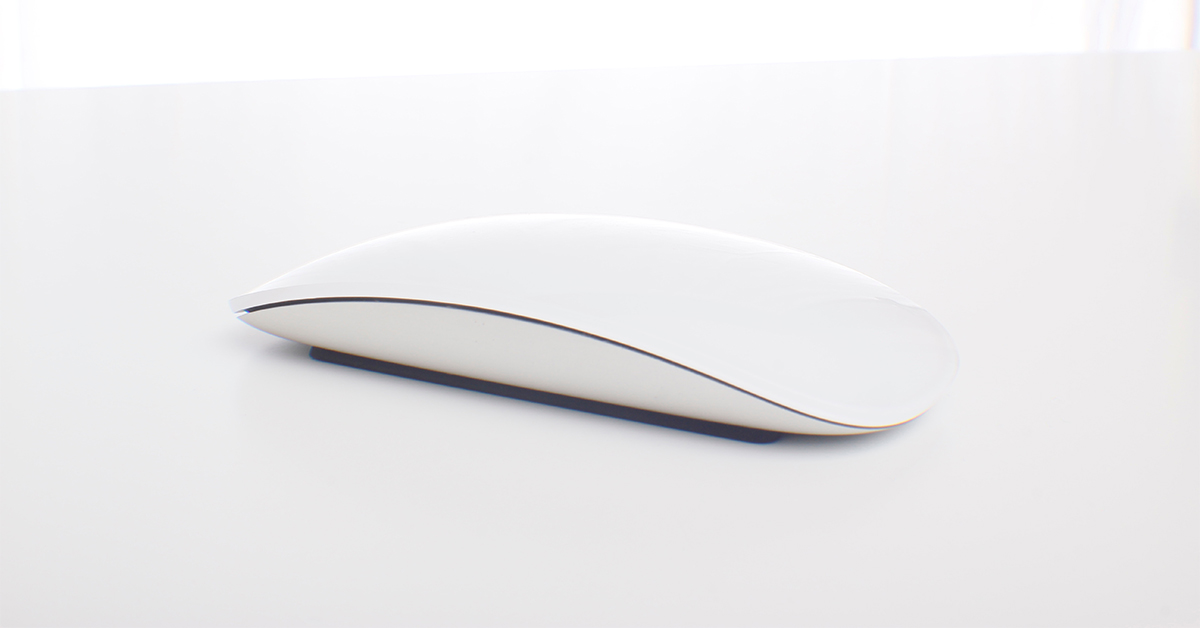
Photo by Alberto Tolentino on Unsplash
A friendly interface goes a long way, but building software with the entire User Experience (UX) in mind helps achieve a more straightforward path to the ultimate goal of usability. Researchers at Brigham Young University want to open a new chapter in UX by determining exactly what people are feeling when they are sitting in front of their computers – all through mouse movement interpretation.
The research, Inferring Negative Emotion from Mouse Cursor Movements, reveals how “attention control theory” can leverage our trusty point-and-click devices as real-time indicators of negative emotions. When people experience anger or frustration, their mouse movements become jagged and sudden, but at the same time slower and less accurate. Movement no longer follows a straight or smooth path when the user is upset with things like unresponsiveness and hiccups, or software that simply doesn’t work as expected.
Because computer mice are essentially an extension of the hand while exploring a web site, the team used this indicator to determine what most people find unsettling, with the ultimate goal of using this information to make changes in the UX department to improve the user experience. Web sites that can sense you becoming irritated could be “taught” to offer help, or to change the way it displays information, the paper says.
UX aside, the technology has also been patented as a way to determine fraudulent behaviour online, but more research will be needed to confirm its accuracy. The next step will be to extend the method to interpreting touchscreen swipes and taps. While this can represent a major win for UX design, privacy concerns may arise as well. How would you feel if your PC suddenly realised you were angry?
Post A Reply